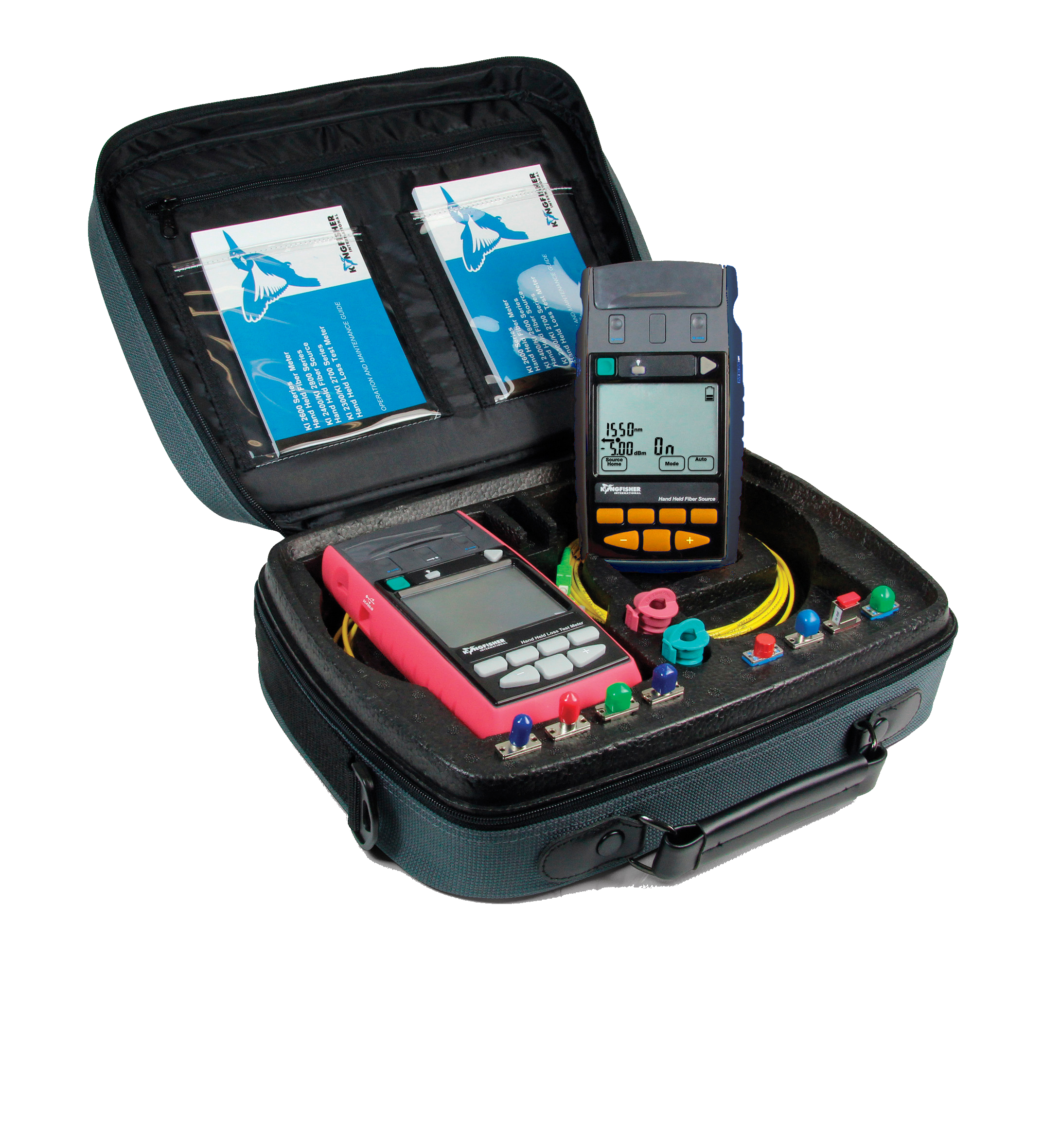How fibre testing equipment is critical for ensuring accuracy
All You Required to Understand About Robotic Vision and Its Applications in Advanced Optical Measurement Systems
Robotic vision represents a considerable innovation in the crossway of computer vision, expert system, and artificial intelligence. This technology boosts the precision of optical dimension systems, making it possible for real-time information evaluation and enhanced high quality control. Its impact spans numerous fields, from making to health care. The developing landscape of robotic vision elevates questions regarding future capabilities and applications. What technologies exist in advance in this transformative area?
Understanding Robotic Vision: Trick Concepts and Technologies
Robotic vision incorporates the technologies and approaches that allow devices to analyze and recognize visual information from their environment. This area combines components of computer system vision, expert system, and device discovering to help with computerized decision-making based on aesthetic information. Key ideas include image processing, which entails the improvement and evaluation of pictures to remove significant features, and object acknowledgment, which allows makers to identify and classify objects within a scene.

The Assimilation of Robotic Vision With Optical Dimension Solutions
As industries significantly require accuracy and efficiency, the assimilation of robotic vision with optical measurement systems has actually emerged as a transformative approach. This synergy permits robotics to view and analyze their environments, enhancing the capacity of optical measurement systems to analyze and examine things with unmatched precision. By gearing up optical sensing units with innovative imaging technologies, robot vision makes it possible for real-time information collection and processing, promoting prompt modifications to measurement specifications.
Furthermore, the combination equips automated systems to find variants in dimensions, surface area quality, and positioning, which are vital in quality assurance procedures. Boosted formulas, such as artificial intelligence, additional increase this assimilation by boosting the systems' ability to adapt to different atmospheres and scenarios. The combination not only enhances measurement processes but likewise reduces errors, guaranteeing that products fulfill stringent industry requirements, consequently strengthening the function of robot vision in the future of optical measurement systems.
Applications of Robotic Vision in Production
In modern manufacturing atmospheres, using vision systems has actually reinvented production procedures by making it possible for machines to perform tasks with exceptional accuracy and speed. Robotic vision systems are significantly utilized for quality control, where they evaluate items for issues and assurance adherence to specs. These systems use video cameras and progressed formulas to examine items in real-time, substantially reducing the risk of human mistake.
In addition, robot vision assists in automation in production line, enabling robots to accurately recognize parts and construct them with very little downtime. This innovation likewise boosts supply administration, as vision systems can check stock levels and discover discrepancies, ensuring a smooth supply chain.
Robotic vision help in the implementation of clever manufacturing facilities, where information from vision systems can be integrated with various other technologies to enhance operations (optical fibre diameter analyser). In general, the applications of robot vision in making show its essential role in enhancing effectiveness, high quality, and performance across different industries
Robotic Vision in Medical Care: Revolutionizing Individual Treatment

In rehab, robotic vision aids in checking client progress and tailoring therapy sessions to individual demands. It sustains physician by automating tasks such as data collection and patient surveillance, permitting for more time to concentrate on straight patient communication. Additionally, robot vision enhances telemedicine by enabling remote diagnosis and digital examinations, bridging the space in between read individuals and doctor. On the whole, the application of robot vision in medical care is transforming person treatment, leading to improved results, efficiency, and person complete satisfaction.
Future Patterns and Growths in Robotic Vision Innovation
The fast development of robotic vision innovation promises to further improve its applications throughout numerous fields, including medical care. Future trends indicate a significant shift in the direction of integrating synthetic knowledge and artificial intelligence, allowing systems to pick up from vast datasets and improve precision in time. Improved sensor modern technologies and deep learning formulas are expected to refine item recognition capabilities, permitting robotics to analyze intricate atmospheres a lot more effectively.

Furthermore, the assimilation of increased truth (AR) with robot vision will likely revolutionize how robots aid in operations and diagnostics. This synergy will certainly assist in real-time information visualization, boosting decision-making procedures. Additionally, miniaturization of components will cause even more small and versatile robot vision systems suitable for a range of jobs. As these advancements unravel, industries will certainly witness enhanced automation and performance, solidifying robotic vision as a keystone of ingenious technical solutions.
Often Asked Questions
What Are the Key Components of a Robot Vision System?
The main elements of a robotic vision system include cameras for image capture, processors for information evaluation, algorithms for analysis, and actuators for activity. Together, these elements make it possible for robotics to perceive and communicate with their environment effectively.
Just How Does Robotic Vision Improve Accuracy in Measurements?
Robotic vision improves dimension accuracy by utilizing sophisticated imaging technologies, making it possible for exact things detection and spatial analysis. This capacity reduces human error, boosts repeatability, and permits real-time changes, ultimately boosting general measurement reliability click to read and efficiency.
What Industries Advantage The Majority Of From Robotic Vision Technology?
Various sectors profit substantially from robotic vision innovation, including production, healthcare, agriculture, and logistics. These industries use boosted precision, performance, and automation, causing boosted performance and lowered functional costs in their corresponding processes.
Can Robotic Vision Solutions Operate In Low-Light Conditions?
Robotic vision systems can without a doubt operate in low-light problems, utilizing advanced sensing units and algorithms to boost image clarity. This capacity allows them to carry out effectively in various environments, including industrial and surveillance applications, also with very little lighting.
What Are the Prices Related To Executing Robotic Vision?
The expenses associated with applying robot vision differ considerably, affected by elements such as video cameras, software application, and combination. Added expenses include maintenance, training workers, and prospective upgrades to existing systems, which can gather in time.